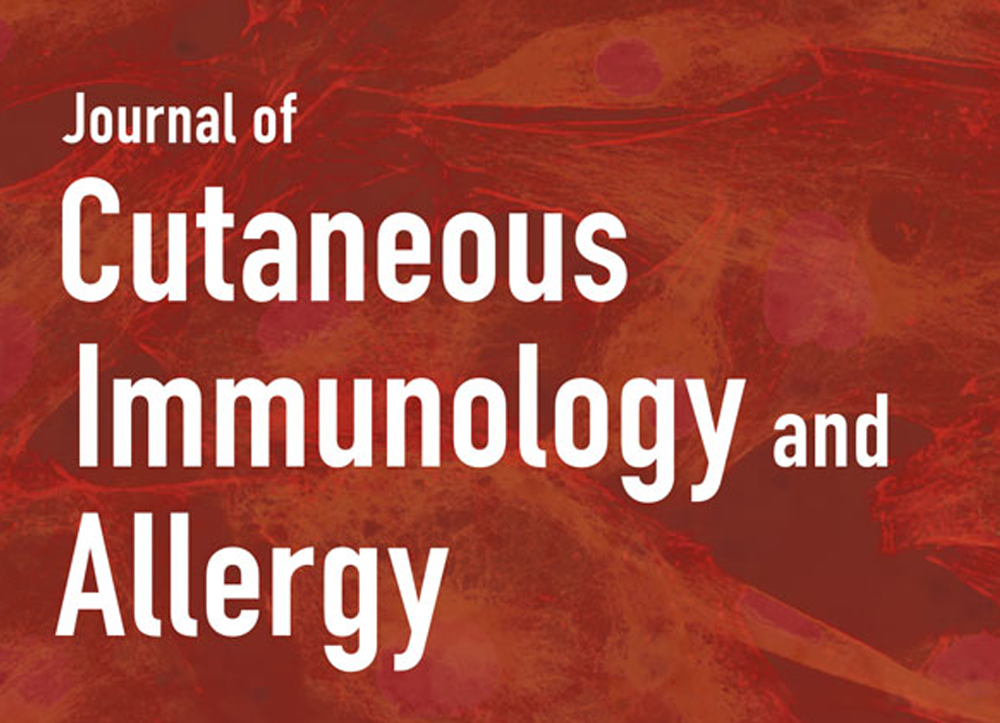Abstract:
MolecuLight i:X is a autofluorescence, portable device that allows an assessment of wound area, perimeter, width and length and an evaluation in real time of wound surface bacteria (>104 CFU/g). Primary objective of our study was to evaluate the reduction of bacterial load associated to 3 different therapeutic approaches: dressings and multicomponent bandages (Group1), sharp debridement, dressings and multicomponent bandages (Group 2), and 10 patients treated with zinc oxide bandage (Group 3). Secondary objective was NRS pain scale, Wound Bed Score (WBS) and Quality of Life (QoL) assessment. Despite the improvement of bacterial load, WBS, Qol and NRS was evident in all 3 groups, the analysis of our results demonstrates that the application of zinc oxide bandage, directly in contact with the wound bed and/or the perilesional skin, resulted in a higher improvement and a significant reduction of WBS and bacterial load. Fluorescence imaging can help the specialist in a more targeted assessment and management of infection. Sharp debridement and antiseptic dressings are classically used to reduced bacteria burden. Zinc oxide directly on the wound is an interesting cost-effective option to control different types of bacteria.
















